Home>Gardening & Outdoor>Landscaping Ideas>Why Is Some Of My Grass Light Green
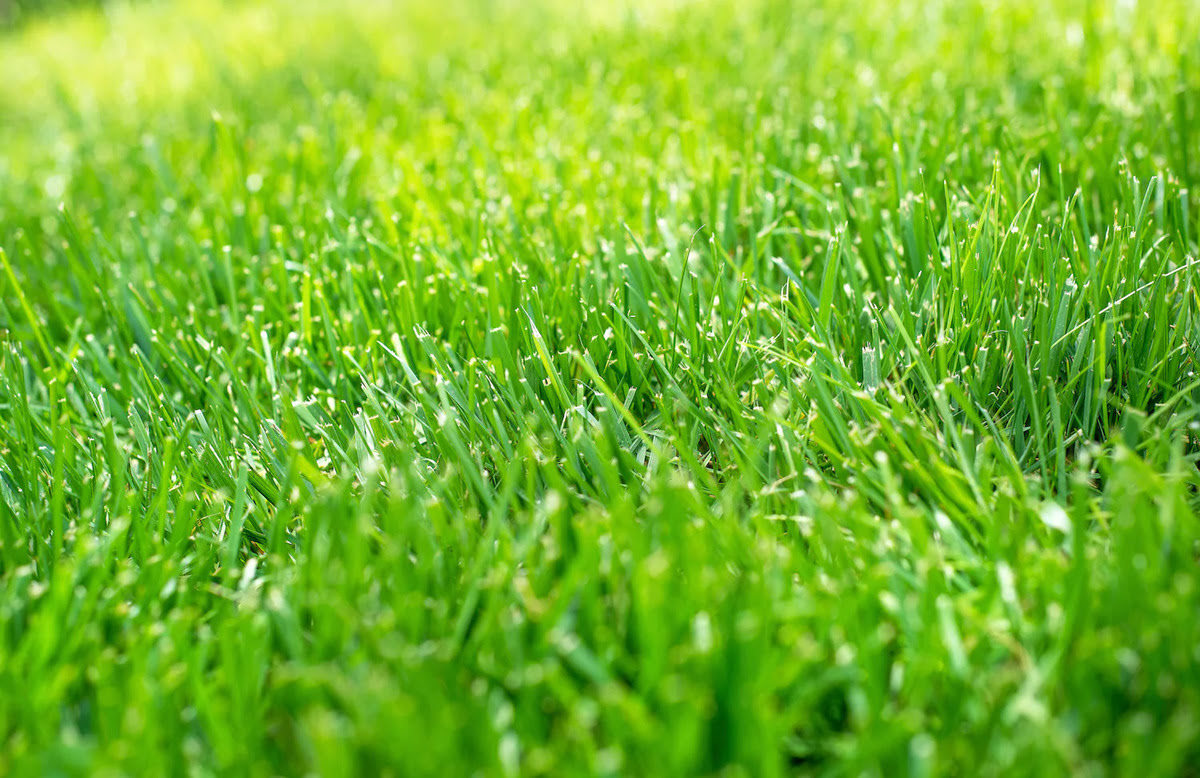

Landscaping Ideas
Why Is Some Of My Grass Light Green
Published: January 29, 2024
Discover effective landscaping ideas to address light green patches in your grass. Learn how to improve the health and appearance of your lawn.
(Many of the links in this article redirect to a specific reviewed product. Your purchase of these products through affiliate links helps to generate commission for Storables.com, at no extra cost. Learn more)
**
Introduction
**
When you gaze at your lawn, you expect to see a lush, vibrant green expanse that exudes health and vitality. However, if patches of your grass appear lighter in color than the rest, it can be a cause for concern. This phenomenon can detract from the overall aesthetic appeal of your lawn, prompting you to seek answers and solutions to restore its natural vibrancy. Understanding the reasons behind light green grass is the first step towards rejuvenating your lawn and ensuring its long-term prosperity. In this article, we will delve into the intricacies of grass color, explore the potential causes of light green grass, and provide practical solutions to help you achieve a luxuriant and uniform green lawn. Let's embark on this enlightening journey to uncover the secrets of vibrant, healthy grass.
Key Takeaways:
- Grass turns light green due to nutrient deficiency, soil pH imbalance, inadequate sunlight, improper watering, or pest infestation. Address these issues with soil testing, proper fertilization, sunlight optimization, watering adjustments, and pest management.
- To restore vibrant green grass, implement targeted solutions such as soil testing, strategic fertilization, optimized watering, pest management, and regular maintenance. Embrace the art and science of lawn care to witness the transformation of light green patches into a tapestry of verdant splendor.
Read more: Why Is My Grass Light Green
Understanding Grass Color
Grass color is a visual manifestation of its health and vigor, serving as an indicator of its overall well-being. The vibrant green hue that we associate with a thriving lawn is a result of chlorophyll, the pigment responsible for the absorption of light energy used in photosynthesis. This process is vital for the production of carbohydrates, which are essential for the grass’s growth and sustenance.
Various factors contribute to the natural color of grass, including the species of grass, environmental conditions, and the presence of nutrients in the soil. Different grass species exhibit distinct shades of green, with some showcasing deeper, darker hues, while others display lighter, more delicate tones. Additionally, environmental elements such as sunlight, temperature, and moisture levels can influence the intensity and uniformity of grass color, further adding to the diversity of visual appearances in lawns.
Understanding the nuances of grass coloration enables us to discern deviations from the norm, such as the emergence of light green patches amidst the verdant expanse of a lawn. By unraveling the underlying causes of these deviations, we can take targeted measures to restore the equilibrium and vibrancy of the grass, ensuring a visually captivating and healthy lawn for all to admire.
Causes of Light Green Grass
Light green grass can stem from a variety of factors, each exerting its influence on the overall health and appearance of your lawn. Understanding these causes is pivotal in addressing the issue effectively and implementing targeted solutions. Here are some common culprits behind the occurrence of light green grass:
- Nutrient Deficiency: Grass requires essential nutrients, including nitrogen, phosphorus, and potassium, to thrive and maintain its rich green color. A deficiency in any of these nutrients can lead to light green or yellowish grass. Nitrogen, in particular, plays a crucial role in chlorophyll production, and its scarcity can significantly impact the grass’s color and vitality.
- Soil pH Imbalance: The acidity or alkalinity of the soil, as indicated by its pH level, can influence the availability of nutrients to the grass. An imbalanced pH level can hinder the grass’s ability to absorb vital nutrients, resulting in an inadequate supply of chlorophyll and a subsequent light green appearance.
- Inadequate Sunlight: Insufficient exposure to sunlight can impede the grass’s photosynthetic processes, affecting its ability to produce and maintain a deep green color. Shaded areas or locations with limited sunlight may exhibit lighter grass compared to sun-drenched portions of the lawn.
- Overwatering or Underwatering: Improper watering practices can impact the grass’s health and color. Overwatering can lead to nutrient leaching and oxygen deprivation in the soil, while underwatering can cause stress and hinder the grass’s metabolic functions, both of which can contribute to light green grass.
- Pest Infestation or Disease: Insects, pests, and certain diseases can compromise the grass’s vitality, resulting in discoloration and diminished vigor. Identifying and addressing pest infestations or diseases is crucial in restoring the grass to its natural green state.
By recognizing these potential causes of light green grass, you can take proactive measures to assess and mitigate the underlying issues, paving the way for a revitalized and luxuriant lawn.
Light green grass can be a sign of nutrient deficiency, particularly nitrogen. Consider applying a balanced fertilizer to help improve the color and health of your grass.
Solutions for Light Green Grass
Addressing light green grass involves a strategic approach that encompasses targeted solutions tailored to the specific causes affecting your lawn. By implementing the following measures, you can effectively counteract the factors contributing to the discoloration and restore your grass to a vibrant, healthy state:
- Soil Testing and Amendment: Conduct a comprehensive soil test to assess the nutrient levels and pH balance of your soil. Based on the results, amend the soil with the appropriate fertilizers and soil conditioners to rectify any deficiencies and restore the optimal pH level for healthy grass growth.
- Proper Fertilization: Apply a high-quality, balanced fertilizer containing essential nutrients, with a focus on nitrogen, to provide the grass with the nourishment it needs to regain its natural green color. Follow recommended fertilization schedules and application rates to avoid overfeeding or underfeeding the grass.
- Sunlight Optimization: Trim overhanging branches or foliage to allow more sunlight to reach shaded areas of the lawn. Additionally, consider repositioning certain obstacles, such as outdoor furniture or decorative elements, to facilitate better sunlight exposure for the grass.
- Optimized Watering Practices: Adjust your watering regimen to ensure that the grass receives adequate moisture without being overwatered. Incorporate deep, infrequent watering sessions to promote healthy root growth and minimize water wastage. Utilize irrigation systems or sprinklers with programmable timers for efficient water management.
- Pest and Disease Management: Implement integrated pest management strategies to control and mitigate pest infestations, utilizing environmentally friendly methods to safeguard the grass and surrounding ecosystem. For disease management, employ appropriate fungicides or treatments as recommended by lawn care professionals.
- Regular Maintenance and Monitoring: Engage in consistent lawn maintenance practices, including mowing, aeration, and dethatching, to promote overall grass health. Monitor the lawn for signs of stress, discoloration, or pest activity, and address any issues promptly to prevent further deterioration.
By diligently applying these solutions and adapting them to suit the specific conditions of your lawn, you can effectively combat light green grass and nurture a verdant, resilient lawn that emanates natural beauty and vitality.
Conclusion
As you contemplate the enigma of light green grass in your lawn, it’s essential to approach the issue with a blend of curiosity and practicality. Grass color serves as a visual testament to the intricate interplay of environmental factors, nutrient dynamics, and biological processes that shape the vitality of your lawn. By understanding the underlying causes of light green grass and implementing targeted solutions, you can embark on a transformative journey to revitalize your lawn and restore its resplendent green allure.
Embracing the role of a steward of your lawn, you hold the power to nurture and safeguard its well-being, fostering an environment where lush, vibrant grass thrives in abundance. Through soil testing, strategic fertilization, and mindful environmental management, you can orchestrate a symphony of rejuvenation that harmonizes the elements essential for robust grass growth.
As you traverse the landscape of lawn care, remember that each patch of grass tells a story of resilience and adaptability, responding to your attentive care with a flourish of rejuvenation. By embracing the art and science of lawn maintenance, you can witness the metamorphosis of light green patches into a tapestry of verdant splendor, a testament to your dedication and the inherent vitality of nature.
So, as you embark on this odyssey of lawn care, may your efforts yield a bountiful expanse of rich, green grass, a testament to the harmony between nature and nurture, and a source of pride and joy for all who behold it.
Frequently Asked Questions about Why Is Some Of My Grass Light Green
Was this page helpful?
At Storables.com, we guarantee accurate and reliable information. Our content, validated by Expert Board Contributors, is crafted following stringent Editorial Policies. We're committed to providing you with well-researched, expert-backed insights for all your informational needs.
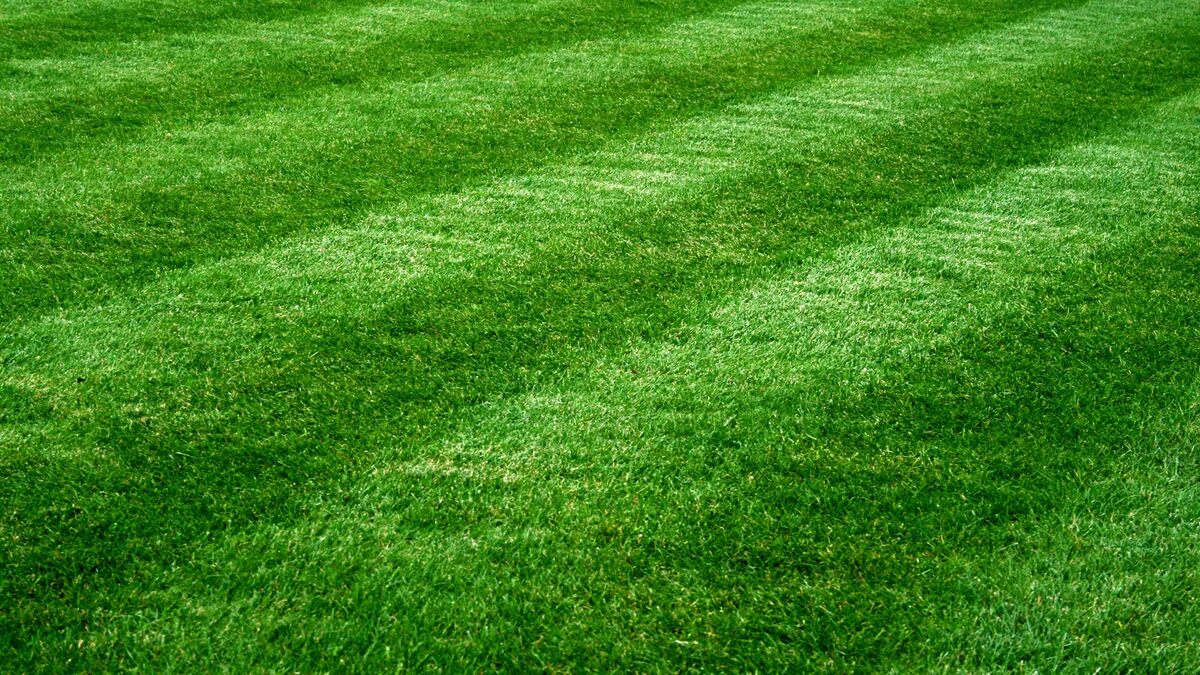
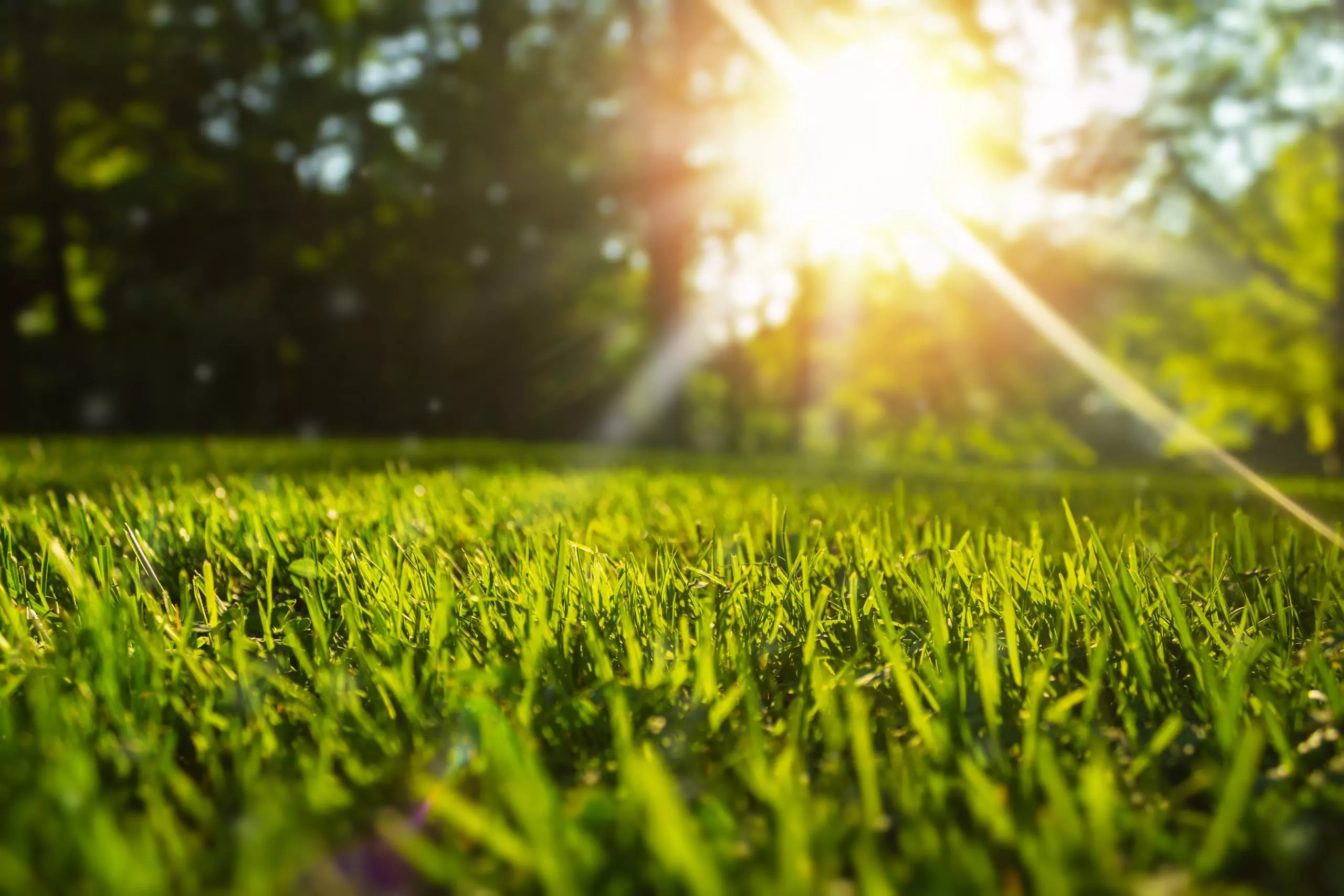
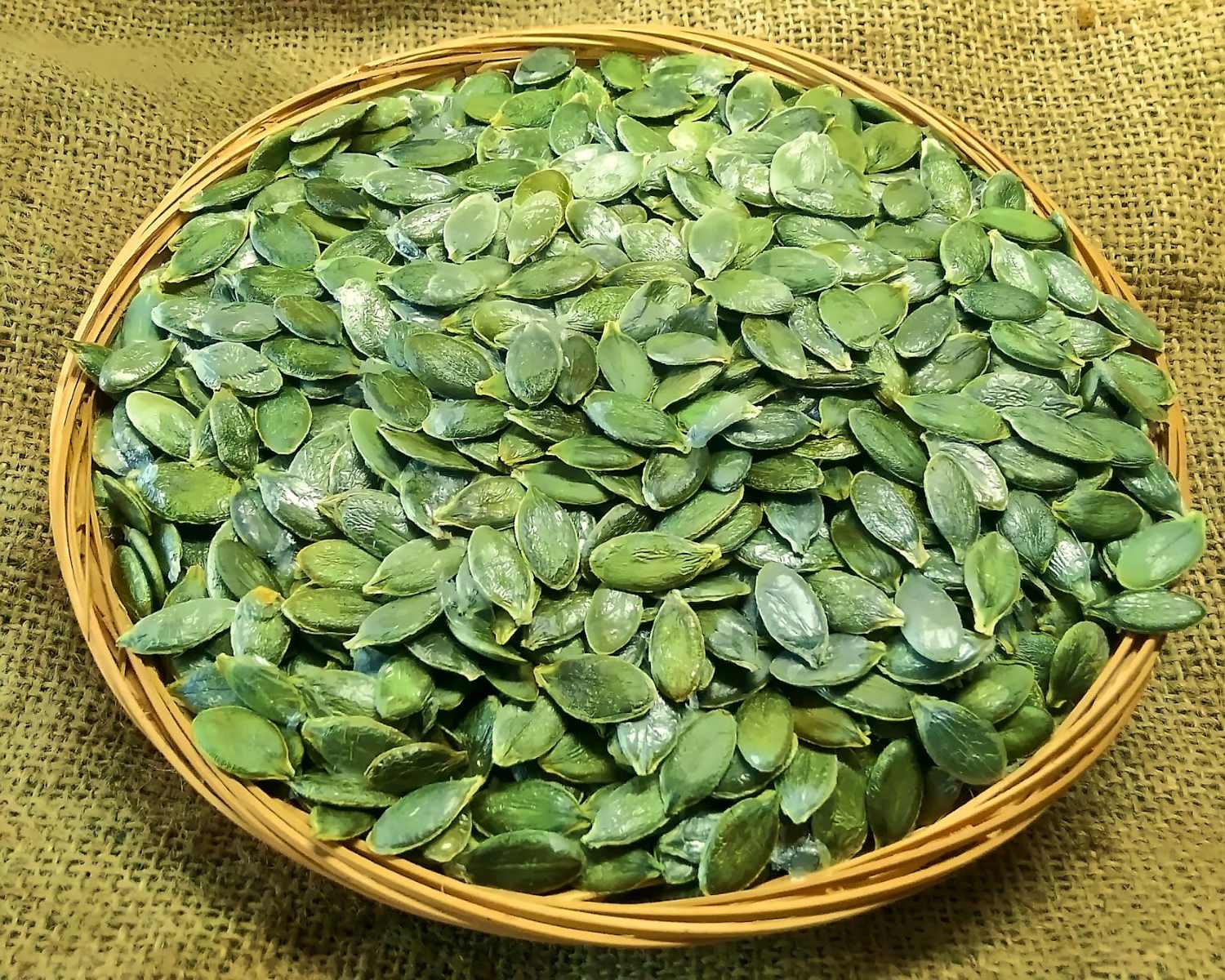
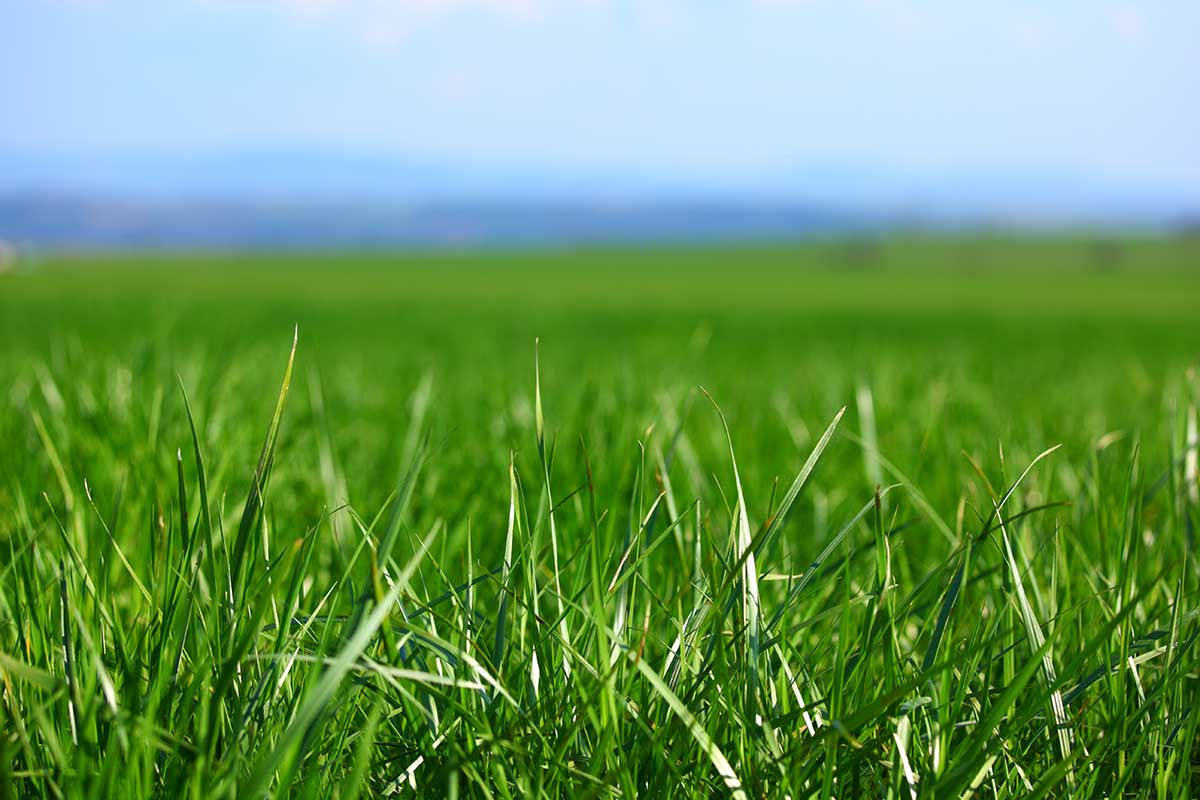
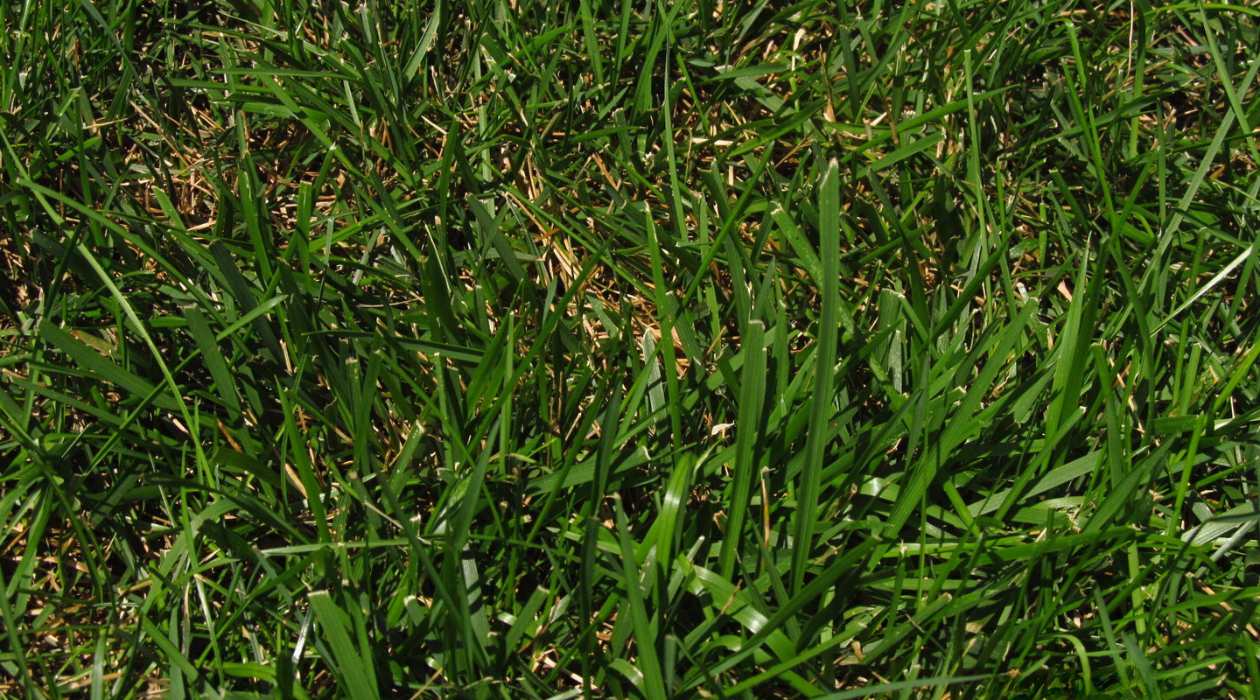

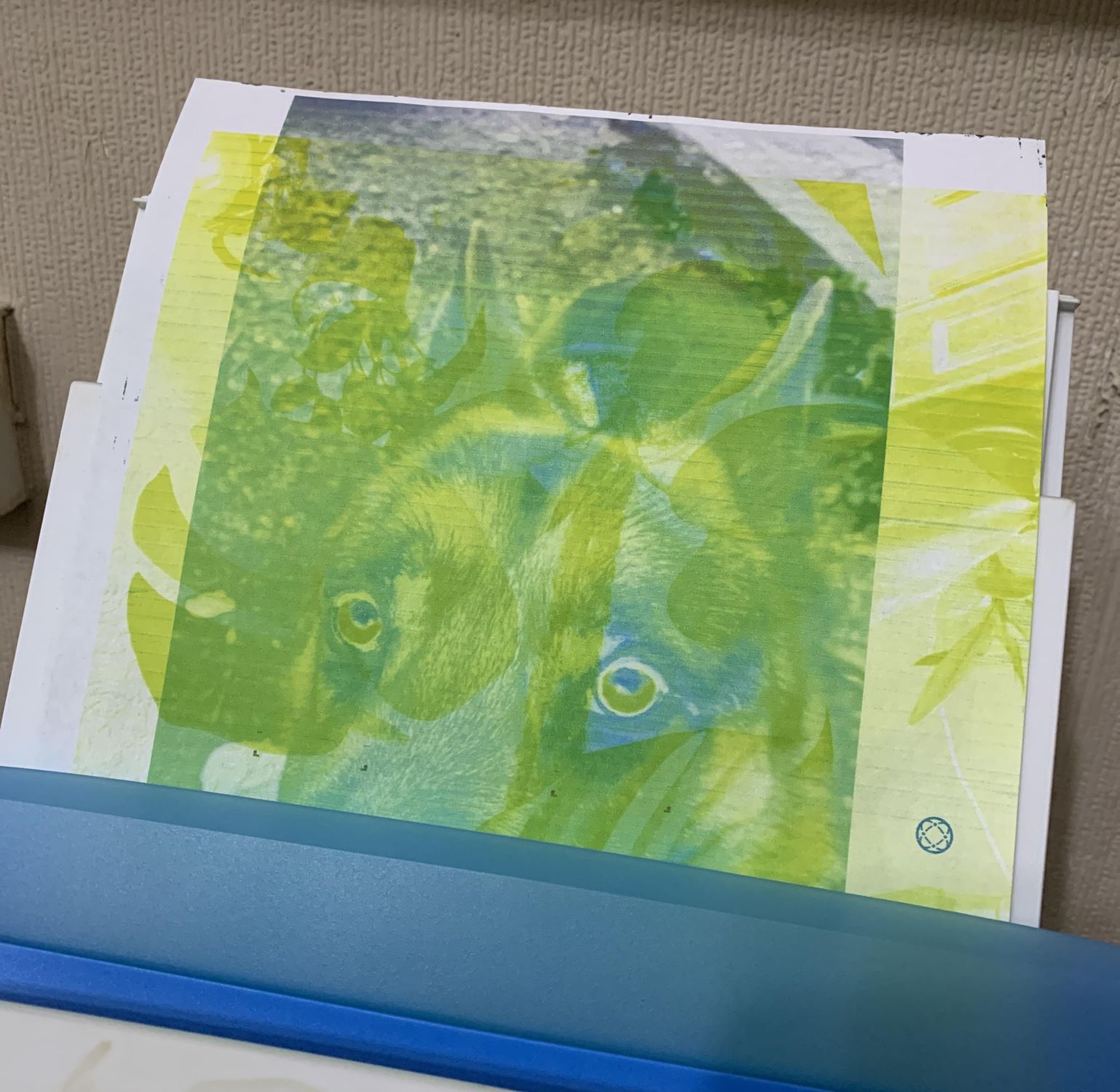
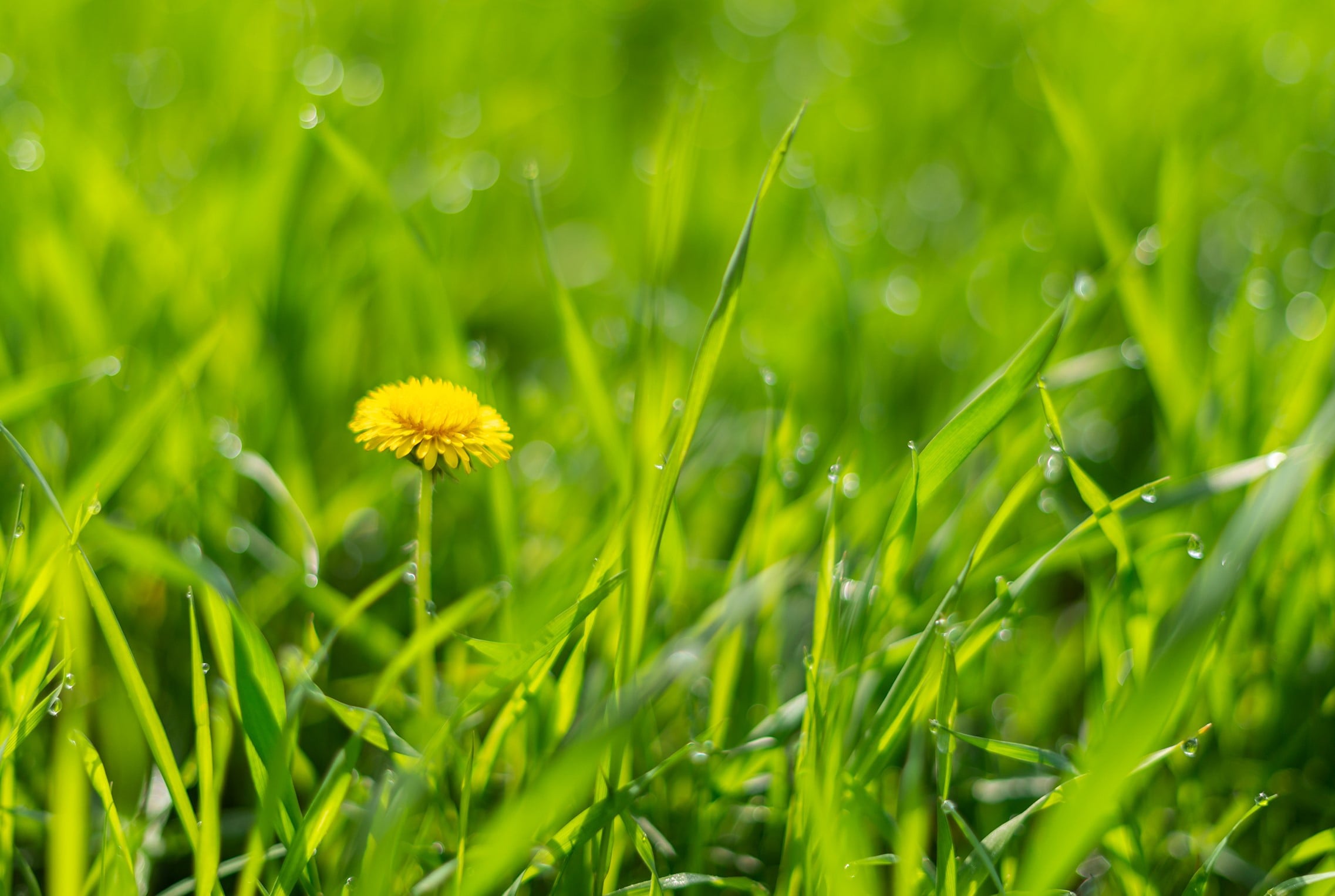
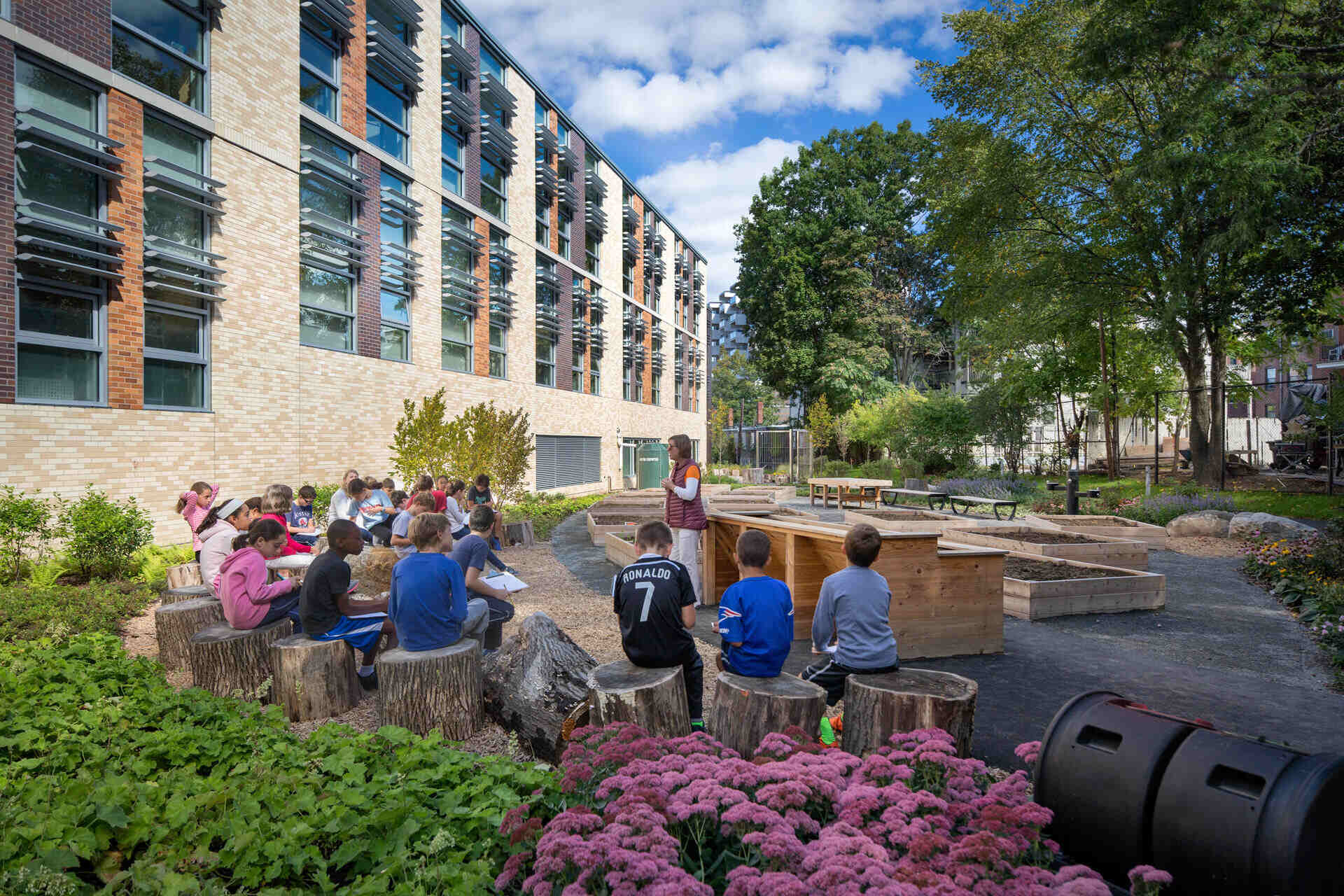
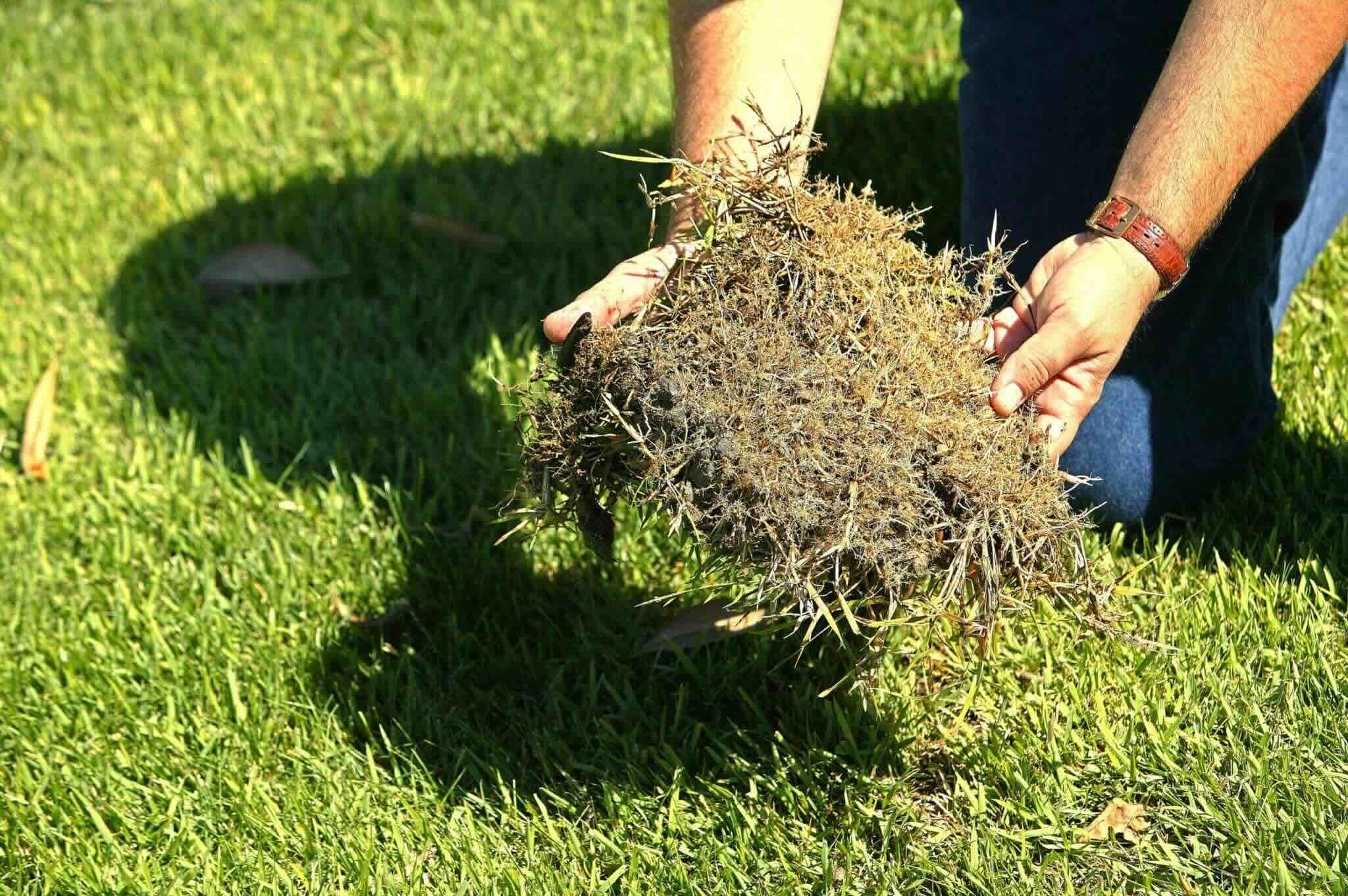
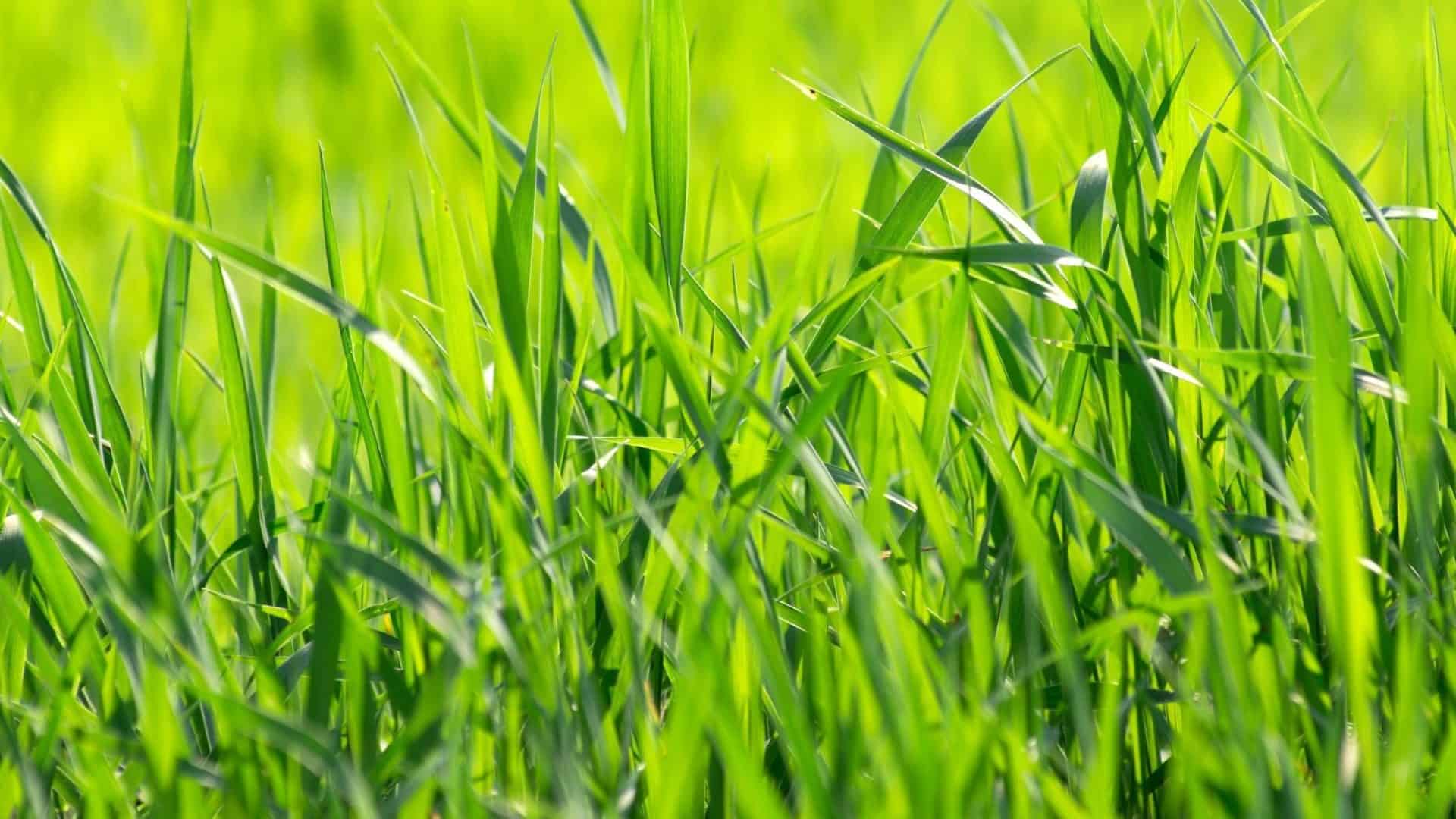


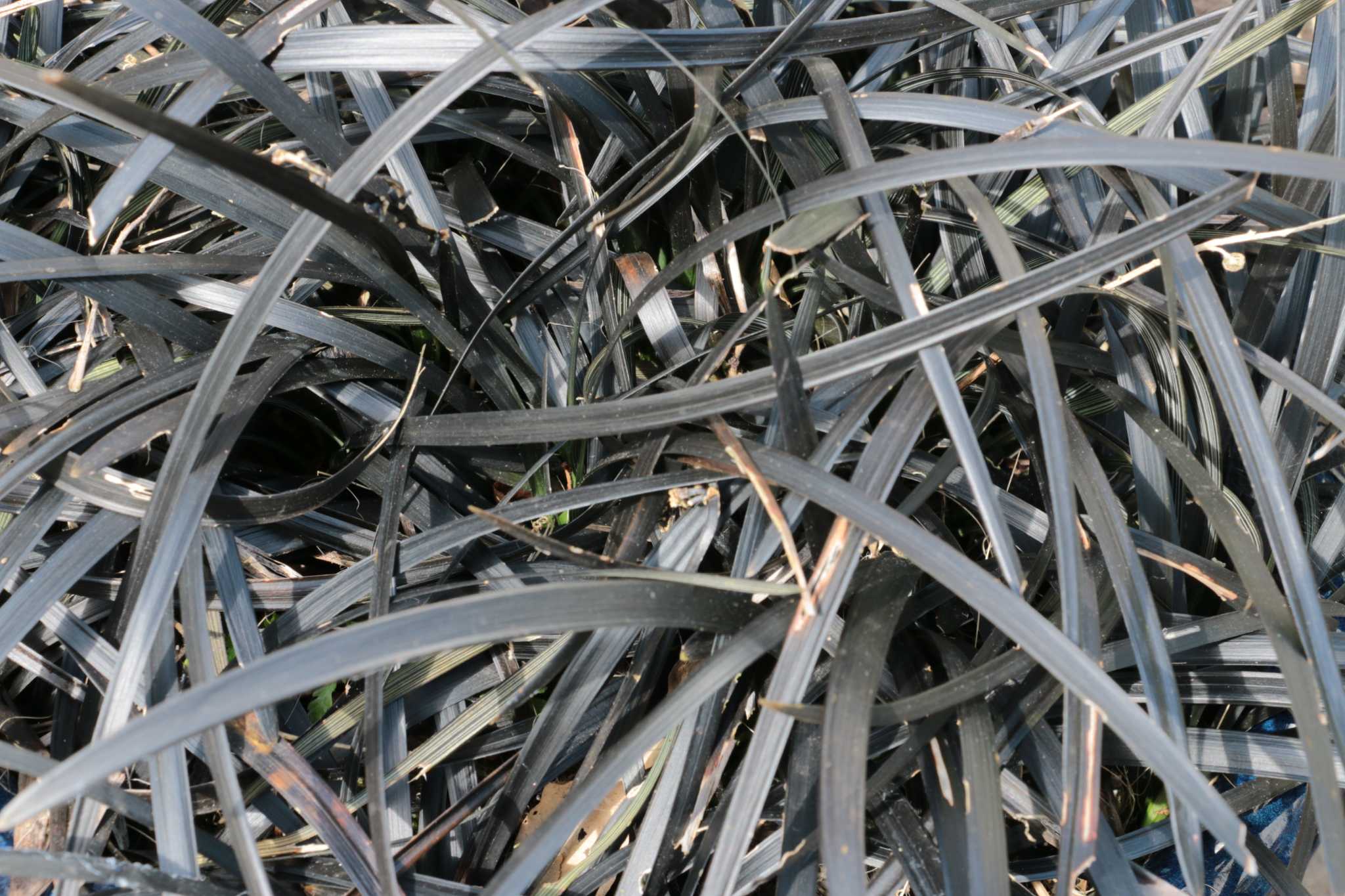


0 thoughts on “Why Is Some Of My Grass Light Green”